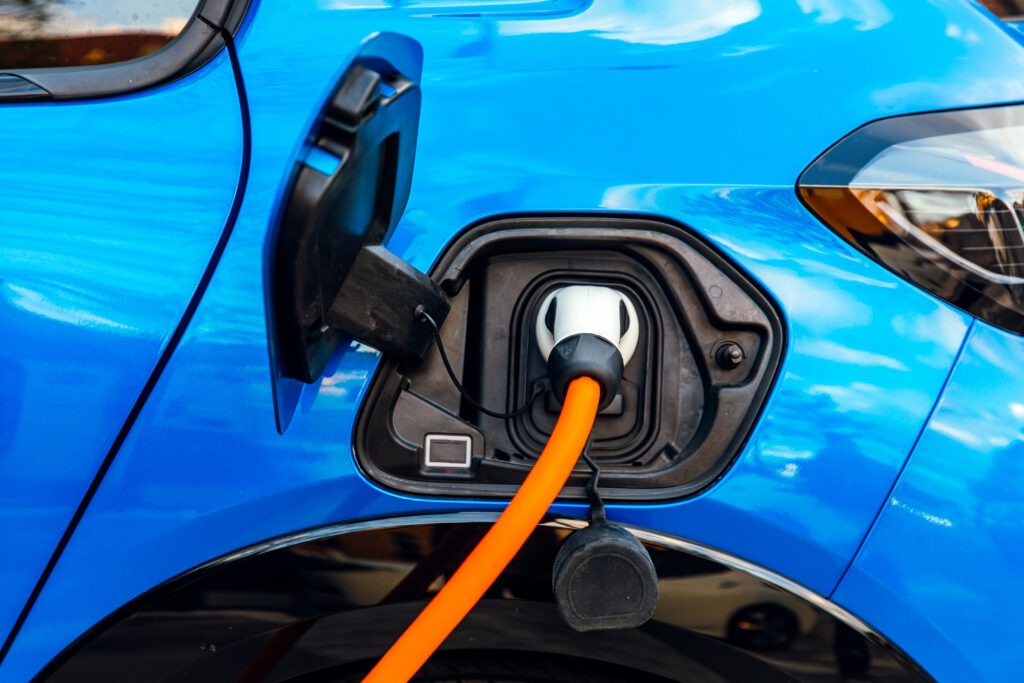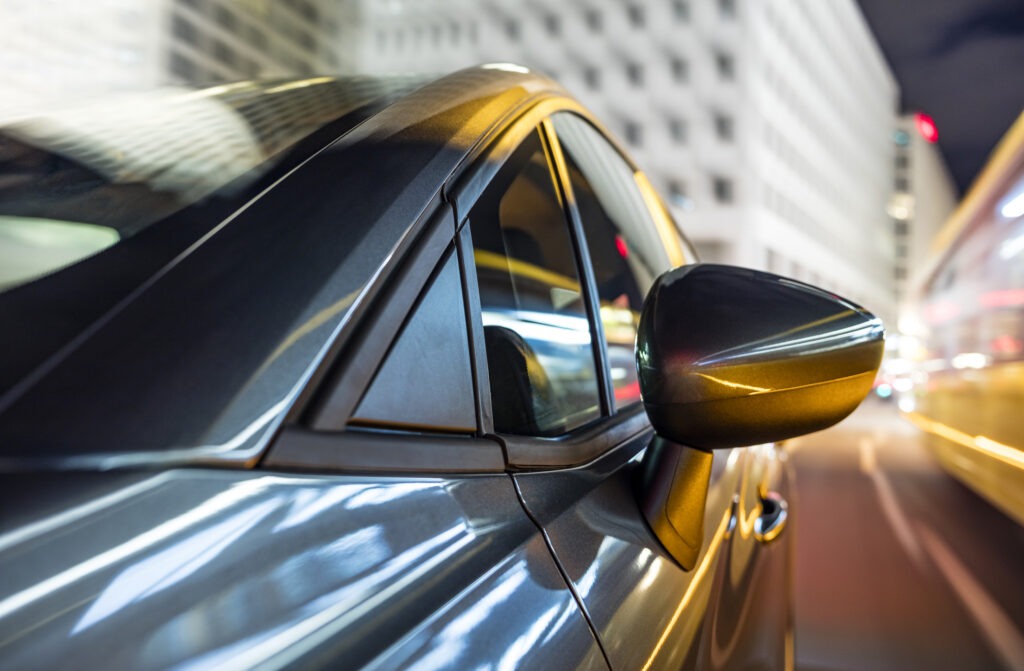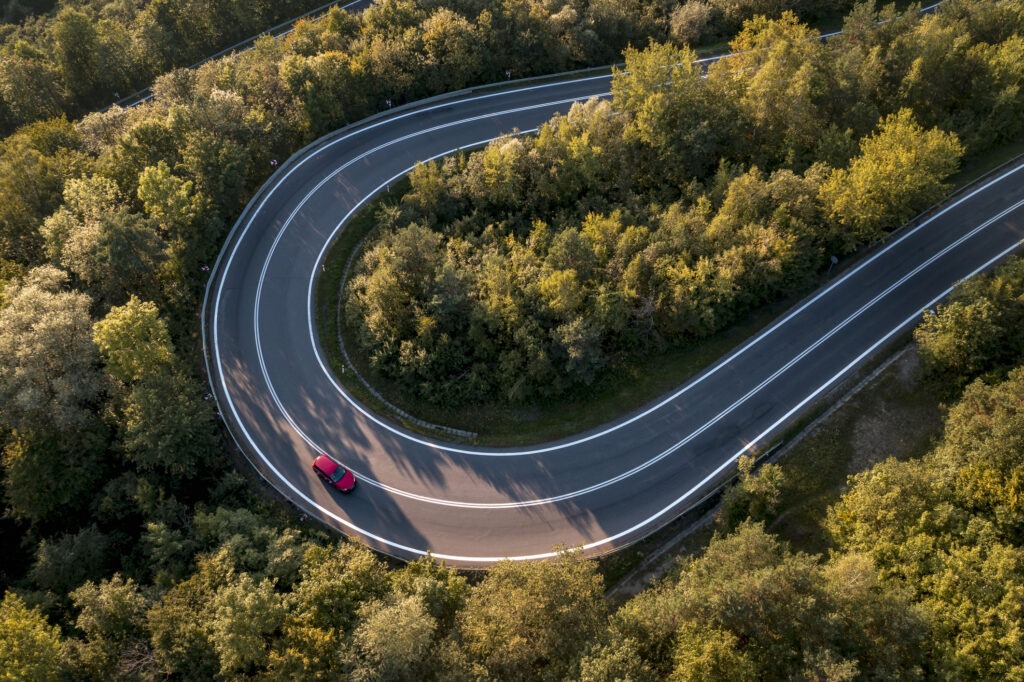BEVs boom in German new-car market but concerns are growing
06 February 2025

Registrations of battery-electric vehicles (BEVs) surged in Germany at the start of 2025. But is this a cause for celebration, or did external factors influence the figures? Tom Hooker, Autovista24 journalist, reviews the results.
A total of 207,640 new cars took to German roads in January, a decline of 2.8% year on year. This was 5,913 units fewer than at the same point in 2024. Last month was also the country’s lowest delivery total since August 2024.
The performance followed two drops at the end of last year. This means the market has recorded only one month of growth since July 2024.
According to the KBA, 63.9% of registrations were commercial in January. This was a decline of 6.8 percentage points (pp) compared to one year ago, with deliveries down 12.1%. Private deliveries grew by 9.7% last month. Consumers accounted for 33% of the total volume, up from 29.2%.
BEVs boom in January
BEVs were the best-performing powertrain in January in terms of growth. Registrations jumped 53.5%, reaching 34,498 units. This marked an increase of 12,024 deliveries from 12 months ago.
It was the technology’s first double-digit improvement since January 2024. January also represented the highest BEV growth recorded since August 2023, a period heavily skewed by the ending of incentives.
All-electric models were the third-most-popular powertrain in January. The technology made up 16.6% of the market, an increase of 6.1pp year on year. This was the powertrain’s largest share since December 2023, another month affected by the end of subsidies. Furthermore, it was the biggest year-on-year share growth in 17 months.
However, this result is not quite as positive as it seems. BEVs were strongly influenced by two major factors last month.
Firstly, incentives for electric vehicles (EVs) in Germany were suddenly withdrawn in December 2023. This caused a drop in deliveries during January 2024. In fact, this was the lowest volume month for the technology last year.
‘The strong growth in new BEV registrations is due on the one hand to the very weak month of the previous year after the abrupt end of subsidies,’ commented VDIK president Imelda Labbé.
CO2 regulation effect on BEVs
The second reason for January’s strong BEV growth was the tightening of EU CO2 fleet limits for 2025. The new target sits at 93.6g/km of CO2 across the bloc’s cumulative fleet. Each carmaker will have its own CO2 emissions threshold to meet, which may be higher or lower than the EU-wide fleet limit.
The EU will impose fines if these targets are not reached. For every 1g/km over the specified limit, a €95 penalty will be enforced for every car sold by the brand that year. To avoid these fines, manufacturers may have withheld deliveries of BEVs towards the end of 2024. This would allow them to count towards this year’s target.
Germany is the EU’s biggest market for the technology. Therefore, carmakers would have been paying close attention to how they manage their deliveries of BEVs in the country.
‘Special effects in connection with CO2 fleet regulation are also conceivable in January, which already caused the market for BEVs to shrink by almost 39% in December 2024 compared to the same month last year. Even though this has increased the share of BEV registrations to 16.6% in January, this figure is currently not sufficient to achieve the required fleet limits,’ said Labbé.
No cause for celebration
This trend may have also impacted registrations for the powertrain in November, when deliveries fell 21.8% year on year. ZDK vice president Thomas Peckruhn also believes last month’s result was skewed by regulations.
‘An increase in BEV registrations by half compared to the same month last year is no cause for celebration. The figures belie the true situation of the current development,’ explained Peckruhn.
‘Manufacturers have postponed registrations of electric cars, both BEVs and hybrids, from last year to this year. This is a one-off effect that does not reflect our order situation. Only in the second half of the year will the manufacturers significantly increase the discounts again, should the penalties remain in place,’ he forecasted.
The average CO2 emissions from new-car registrations sat at 113.6 g/km in January. This was 21.4% higher than the EU’s fleet-wide limit. However, the figure was down 9.5% year on year and 5.2% below the 2024 average.
Urgent review needed
Moving forward, the VDIK, ZDK and VDA have called for changes in regulation and more support for the sector.
‘The VDIK is calling for CO2 fines to be suspended immediately until the framework conditions for sufficient customer confidence in electromobility are created. We now need to set the right strategic course for a successful transformation of the automotive industry,’ stated Labbé.
The VDA demanded that the review of CO2 fleet regulation for passenger cars should be brought forward to 2025. It added the need for progress to be regularly reviewed. The industry body believes the EU Commission must act in the short term. This means sending a clear signal that it will create the flexibility necessary to achieve the targets.
‘It is currently becoming increasingly clear that there is an urgent need for action in view of a wide range of global and trade policy challenges, the still inadequate framework conditions and the currently sluggish demand for e-cars. This need for action affects not only the automotive industry but also politics and other stakeholders,’ highlighted VDA president Hildegard Müller.
‘In any case, in the current crisis-ridden situation, additional burdens in the form of fines must be avoided in order not to jeopardise investments in the transformation of the automotive industry, the ramp-up of EVs and the digital networking of vehicles,’ he said.
The VDA is also calling for more openness surrounding the EU’s ban on internal-combustion engine (ICE) sales from 2035. This includes strengthening the role of plug-in hybrids (PHEVs) beyond 2035 and recognising the importance of renewable fuels.
Framework importance
The industry body highlighted the need for a supportive framework to meet fleet targets in 2030 and 2035. It believes consumer confidence needs to be strengthened, especially through a suitable charging infrastructure.
The VDA said these targets must be reviewed regularly, to ensure that the framework matches the level of ambition set.
‘Necessary progress must be monitored, especially in the area of infrastructure and energy, and in particular in the expansion of the charging and H2 refuelling infrastructure, electricity price development, electricity grid expansion and renewable energies,’ commented Müller.
The ZDK is also in favour of an earlier revision of the EU CO2 fleet limits. The industry body said the review must consider the expansion of the charging infrastructure.
It stated the political goal of reaching one million charging points in Germany in 2030 is getting out of reach. At the end of the first quarter of 2024, there were 130,828 public charging points in the country, according to the European Alternative Fuels Observatory.
The ZDK sees charging infrastructure as a decisive factor for the success of EVs. It claimed that as things stand today, the phase-out of new ICE sales from 2035 cannot be maintained.
The industry body also called for further measures beyond purchase incentives for price-sensitive buyer groups. This includes discounting charging current, maintaining tax advantages for EVs and promoting innovation in battery and charging technology.
The European Commission is currently holding a strategic dialogue with car and van manufacturers on the 2025 CO2 limits.
PHEVs show strength
PHEVs enjoyed a strong January, with 17,712 registrations up 23.1%. This marked a 3,318-unit gain and was the powertrain’s best growth since April 2024. It maintained its 8.5% share, which was 1.8pp ahead of its market hold from 12 months ago.
Combining BEV and PHEV volumes, the EV market improved by 41.6% last month, with 52,210 deliveries. This represented a 15,342-unit improvement year on year and was the biggest monthly plug-in growth in 17 months.
Plug-ins accounted for 25.1% of registrations, up 7.8pp. This was its highest share since December 2023 and EV’s biggest year-on-year increase since August 2023. Yet, this was still over 20pp behind the ICE market.
Petrol and diesel drop
Petrol deliveries plummeted 23.7% in January, with 62,358 units. This equated to a 19,366 registration decrease from one year ago and was its lowest monthly volume total since April 2020. Furthermore, it was the biggest decline for the fuel type since April 2022.
Petrol cars took a 30% share in the month, reclaiming its lead over hybrid as the most popular powertrain. However, this was still its lowest share since August 2023 and far behind its 38.3% share from 12 months ago.
Diesel deliveries dropped 19.5% last month, with 32,956 units. This was a 7,980-registration loss year on year, following the drivetrain’s poor performance in December. The fuel type made up 15.9% of the market, its lowest share since July 2024. However, this result was up 3.3pp on last January.
Adding together petrol and diesel deliveries, the ICE market recorded 95,314 registrations in January, down 22.3%. This marked the powertrain grouping's biggest decline since May 2022. It captured 45.9% of the new-car market, down 11.5pp compared to one year ago. This was its biggest share loss since December 2022.
Hybrid’s moderate growth
Hybrid deliveries improved by 13.7% in January, reaching 59,252 units. This was a gain of 7,150 registrations year on year and marked four consecutive months of double-digit growth. However, it was its lowest volume total since February 2024.
The powertrain took a 28.5% share in the month, falling back behind petrol by 1.5pp. Yet, this was still an increase from its 24.4% market hold in January 2024.
Adding hybrids to the EV total, the electrified market grew by 25.3% last month, reaching 111,462 deliveries. This marked a 22,492-unit increase from 12 months ago. The powertrain grouping captured 53.7% of the market, up 12pp year on year and 7.8pp ahead of the ICE market.
The ‘others’ category, including hydrogen fuel-cell electric vehicles, natural gas and liquified petroleum gas vehicles, E85/ethanol and other fuels, fell by 55.1% in January. The powertrain grouping recorded 864 registrations, 1,059 units behind its result from one year ago. This gave it a 0.4% market share, down from 0.9%.




